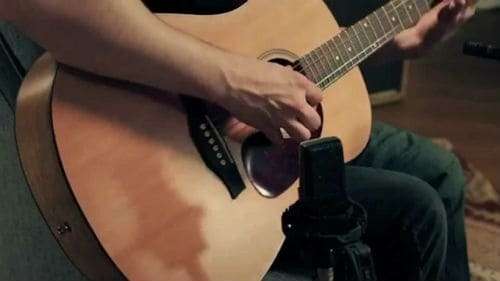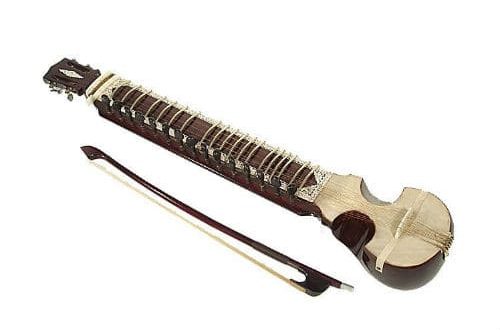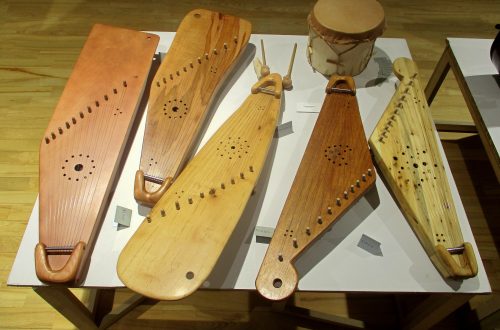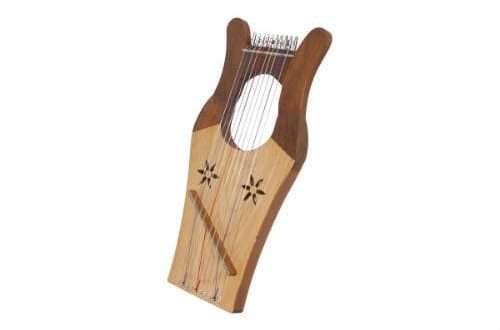
Dreadnought (guitar): design features of the instrument, sound, use
The first decades of the last century made adjustments to the musical culture. New directions appeared – folk, jazz, country. To perform the compositions, the volume of the sound of ordinary acoustics was not enough, the parts of which had to stand out against the background of other members of the band. This is how the Dreadnought guitar was born. Today it has become the most popular among other types, used both by professionals and for home music playing.
What is a dreadnought guitar
The representative of the acoustic family is made of wood, has a more massive body than the classics, a thin neck and metal strings. The notches of the “waist” are less pronounced, so the type of case is called “rectangular”.

The American master of German origin Christopher Frederick Martin came up with the design. He strengthened the top deck with springs, placing them crosswise, increased the size of the body, and used an anchor bolt to fasten a narrow thin neck.
All this was necessary in order to supply acoustics with metal strings, which, when pulled hard, will give a loud sound. The new guitar designed by the master is still the standard in guitar building, and Martin is one of the most famous string manufacturers in the world.
A modern dreadnought can be made not only from different types of wood. Musicians use specimens with a synthetic body based on carbon fiber and resins. But a century of use has shown that specimens with a spruce soundboard sound louder, brighter, richer.
The “rectangular” instrument proposed by Martin with larger dimensions than that of a classical guitar and loud sound was immediately adopted by folk and jazz performers. Dreadnought sounded at country music concerts, appeared in the hands of pop performers and bards. In the 50s, acoustic blues performers did not part with it.
Subspecies
For decades, musicians have experimented with the dreadnought guitar, seeking to refine its sound so that it matches the playing style. There are different types, the most popular of which are:
- western – has a cutout that “eats” part of the low frequencies, allows you to take high frets;
- jumbo – translated from English means “huge”, it is distinguished by a rounded shape of the body, a loud sound;
- parlor – unlike the dreadnought, it has a compact body similar to the classics.

The balanced sound of the parlor guitar is more suitable for playing at home, playing music in small rooms.
sounding
The dreadnought differs from the electro-acoustic and electric guitars in that it does not require a connection to a power source. At the same time, the instrument has a very loud sound and significant sustain – the duration of the sound of each note.
The material is also important. High and low frequencies are characteristic of an instrument with a spruce soundboard, medium ones predominate in mahogany specimens.
The main characteristic feature is the strong tension of the strings, played with a pick. The sound is rich, roaring, with pronounced bass and overtones.

Using
Having appeared in the Wild West in the first half of the last century, the instrument became a breakthrough in the music of that time. Folk, ethno, country, jazz – thanks to its loud, bright sound, the dreadnought was suitable for any performing style and improvisation.
In the mid-50s, blues musicians noted its features. The Dreadnought Gibson guitar was a favorite of the King of the Blues, BB King, who even once “rescued” it from a fire. The capabilities of the instrument are suitable for such areas as hard and rock, but with the advent of electric guitars, musicians mainly use them.





